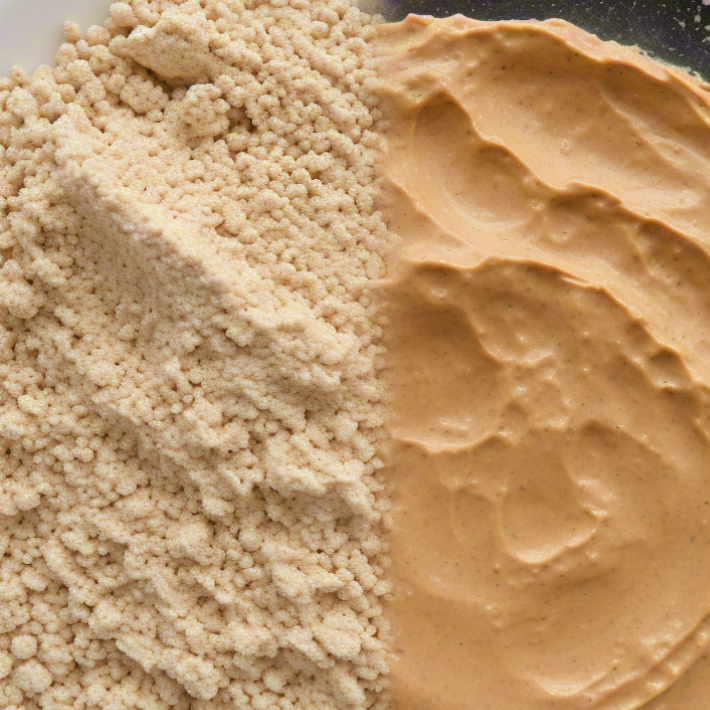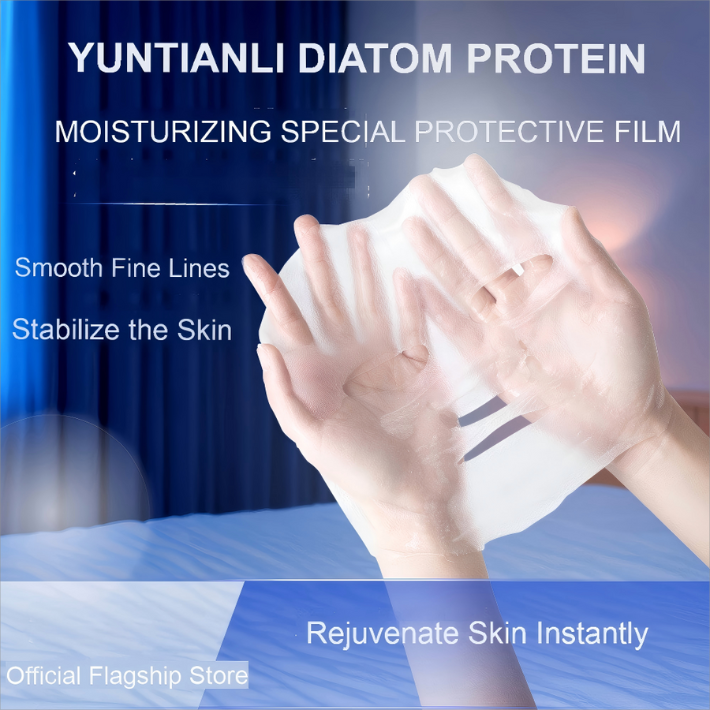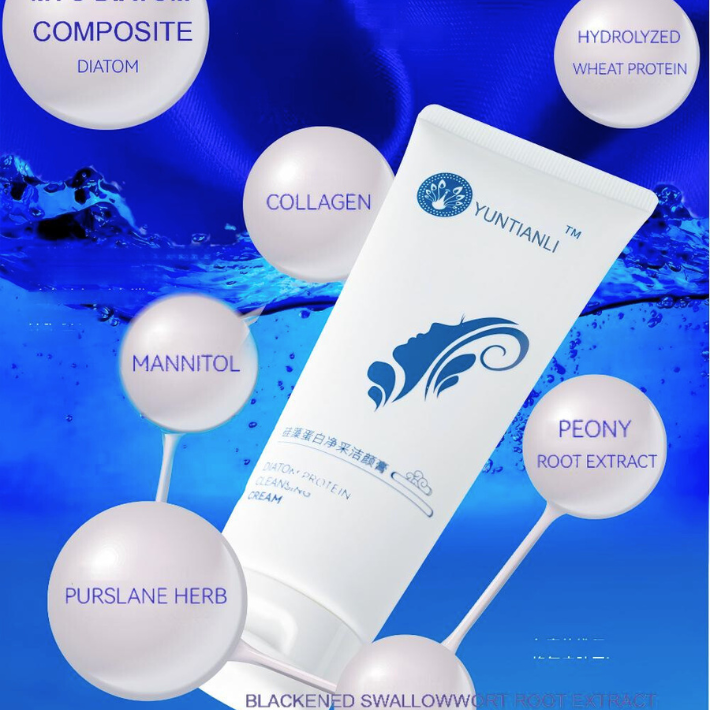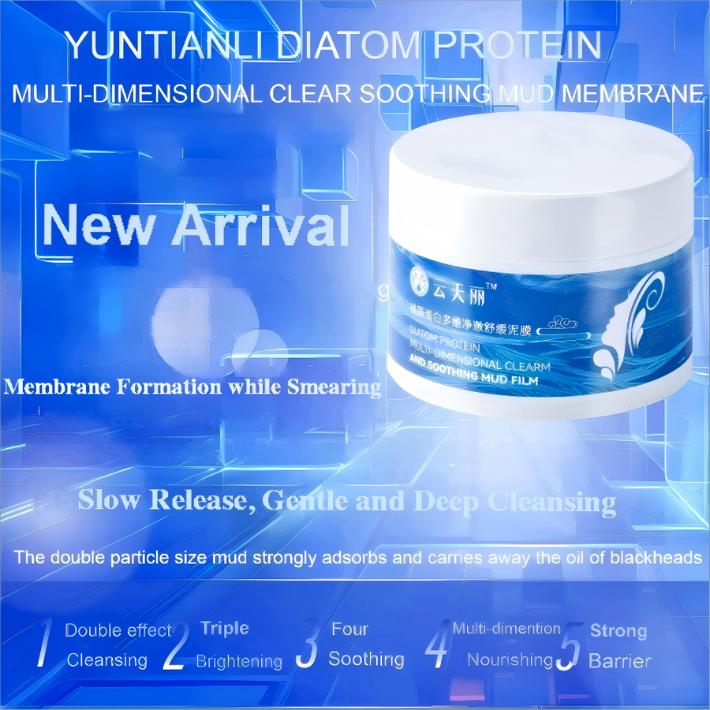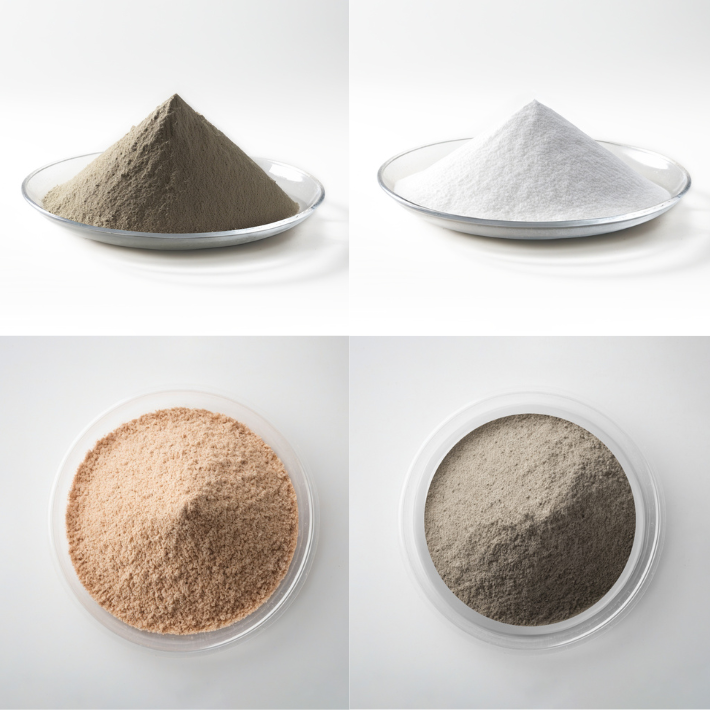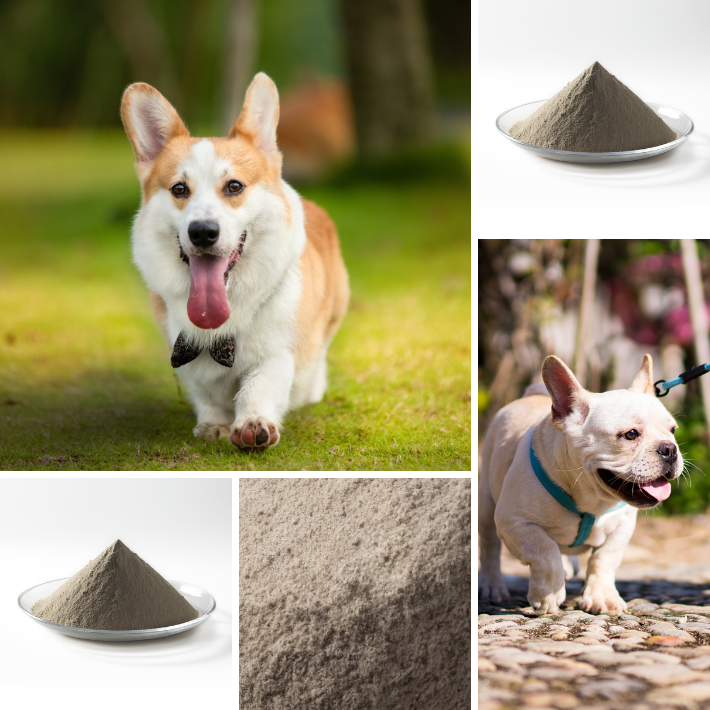
Diatomaceous Earth Composition: Everything You Need To Know
Explore the chemical composition of diatomaceous earth, its mineral composition, and the role of companies like Matex YG in producing high-quality DE products.
Diatomaceous earth (DE) is a naturally occurring, silica-rich sedimentary material derived from the fossilized remains of tiny, aquatic microorganisms known as diatoms. These microorganisms have existed for millions of years, leaving behind intricate, porous exoskeletons made primarily of silica. Over time, their accumulated remains formed thick deposits in freshwater lakes and marine environments, which were eventually mined for commercial use.
DE is widely recognized for its versatile applications across industries, ranging from filtration and pest control to construction and personal care products. Its unique properties, such as high porosity, abrasiveness, and moisture absorption, make it a valuable natural resource.
What is Diatomaceous Earth?
Diatomaceous earth is a fine, powdery substance that forms from diatom fossils. Diatoms are microscopic algae with intricate silica cell walls that create a highly porous structure. These structures remain intact after fossilization, giving DE its lightweight, absorbent, and abrasive properties.
Types of Diatomaceous Earth
There are two primary types of diatomaceous earth, each suited for different applications:
1.Food-Grade Diatomaceous Earth
Contains less than 1% crystalline silica, making it safe for human and animal consumption.
Commonly used as a natural pesticide, animal feed additive, and filtration aid.
Found in dietary supplements due to its trace mineral content.
2.Industrial-Grade Diatomaceous Earth
Contains higher levels of crystalline silica and may be heat-treated (calcined) to improve its filtration and abrasive properties.
Used in water filtration, construction materials, and absorbents for spill cleanups.
Not safe for direct consumption.
The distinct physical and chemical properties of DE make it applicable across multiple industries, which will be discussed in detail later.

Diatomaceous Earth Composition
1. Chemical Composition of Diatomaceous Earth
The chemical composition of diatomaceous earth varies depending on its source and processing method. However, its primary component is silicon dioxide (SiO₂), which accounts for 80-95% of its total composition. The presence of other oxides and minerals contributes to its color, texture, and performance characteristics.
Below is a breakdown of the typical chemical composition of diatomaceous earth:
|
Chemical Component |
Percentage (%) |
Function/Impact |
|
Silicon Dioxide (SiO₂) |
80-95% |
Provides structural integrity and porosity |
|
Aluminum Oxide (Al₂O₃) |
2-4% |
Enhances heat resistance |
|
Iron Oxide (Fe₂O₃) |
0.5-2% |
Affects coloration and oxidation resistance |
|
Calcium Oxide (CaO) |
0.5-2% |
Contributes to hardness |
|
Magnesium Oxide (MgO) |
0.5-1.5% |
Affects abrasiveness and solubility |
|
Sodium & Potassium Oxides (Na₂O & K₂O) |
0.5-3% |
Influences pH and reactivity |
Silica (SiO₂) is the most critical component of DE, responsible for its high absorptive capacity, lightweight structure, and insecticidal properties.
2. Diatomaceous Earth Mineral Composition
In addition to its chemical components, diatomaceous earth (DE) contains various minerals that contribute to its structural integrity, functionality, and effectiveness in different applications. The presence of these minerals influences DE's porosity, color, hardness, and moisture absorption properties, making it suitable for uses in filtration, agriculture, insulation, and construction materials.
Amorphous Silica (Non-Crystalline SiO₂)
Amorphous silica is the primary structural component of diatom fossils and makes up the majority of diatomaceous earth. It forms a highly porous, lightweight material that is chemically inert and absorbent, making it ideal for filtration, moisture control, and pest control applications. Unlike crystalline silica, which can pose inhalation risks, amorphous silica is considered safer for human and animal use, particularly in food-grade DE.
Cristobalite and Tridymite (Crystalline SiO₂ Forms)
These crystalline forms of silica are found in calcined diatomaceous earth, which has undergone high-temperature heat treatment. This process alters the structure and hardness of DE, making it more abrasive and durable. As a result, calcined DE is commonly used in metal polishing, industrial filtration, and high-temperature insulation materials. However, due to its crystalline silica content, calcined DE requires proper handling and protective measures during use.
Clay Minerals (Kaolinite, Montmorillonite, Bentonite)
Clay minerals in DE influence its texture, cohesion, and water absorption properties. They help improve soil aeration, moisture retention, and nutrient availability, making them beneficial for agriculture and gardening applications. In livestock feed, these minerals assist in detoxification and digestion by binding toxins and excess moisture.
Iron and Aluminum Oxides
Iron and aluminum oxides contribute to the color variations seen in different diatomaceous earth deposits, ranging from white and gray to reddish-brown hues. These minerals also enhance DE’s heat resistance and structural durability, making them valuable in ceramics, refractory materials, and industrial coatings.
Calcium Carbonate (CaCO₃)
Calcium carbonate is present in certain diatomaceous earth deposits and affects hardness, pH balance, and reactivity. It is particularly useful in construction applications, where it is added to cements, plasters, and coatings to improve stability and performance. In agriculture, it helps regulate soil pH, promoting healthier crop growth.
Understanding both the chemical and mineral composition of diatomaceous earth allows industries and consumers to choose the most suitable type for their specific filtration, agricultural, and industrial needs.
How Diatomaceous Earth is Mined and Processed
Diatomaceous earth (DE) is primarily found in ancient lake beds and marine basins, where diatom fossils have accumulated over millions of years. The mining and processing of DE involve multiple steps to extract, refine, and prepare it for commercial and industrial use.
1. Mining Process
The extraction of DE typically follows surface mining techniques, as most deposits are located near the Earth's surface. The key steps include:
Excavation – Large deposits are extracted using open-pit mining, where heavy machinery removes layers of overlying material to access DE-rich strata.
Crushing & Drying – Once mined, the raw diatomaceous earth is crushed into a fine powder and dried to eliminate excess moisture, ensuring stability and ease of handling.
Purification & Classification – The material is refined to remove impurities, such as clay and organic matter, and then classified based on particle size and intended use.
2. Processing Methods
Depending on the application, DE undergoes different processing techniques:
Natural (Unprocessed) DE – Used in food-grade applications, including agriculture, pest control, and health supplements.
Calcined DE – Subjected to high-temperature heat treatment, increasing hardness and filtration capability, making it ideal for water filtration and industrial absorbents.
Flux-Calcined DE – Chemically treated at even higher temperatures to alter its crystalline structure, improving performance in specialized industrial applications such as insulation and metal polishing.
Each processing method affects DE’s absorption, abrasiveness, and structural integrity, making it suitable for diverse commercial, agricultural, and industrial applications.
Matex YG: A Leading Diatomaceous Earth Company
About Matex YG
Matex YG is a renowned diatomaceous earth producer specializing in high-quality DE products for multiple industries.
Key Features of Matex YG Products
High-purity DE with controlled silica content.
Customizable grades for filtration, agriculture, and industrial use.
Sustainable extraction and eco-friendly processing.
Conclusion
Diatomaceous earth is an eco-friendly, versatile material with widespread applications. By understanding its chemical and mineral composition, industries and consumers can maximize its benefits. Companies like Matex YG continue to lead the market, providing high-quality diatomaceous earth for filtration, pest control, and industrial use.




